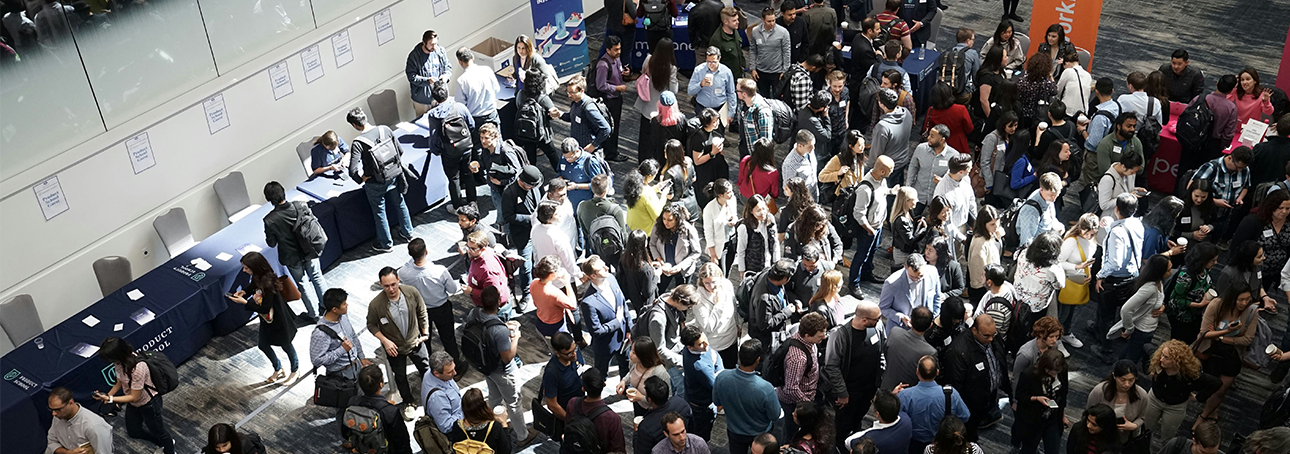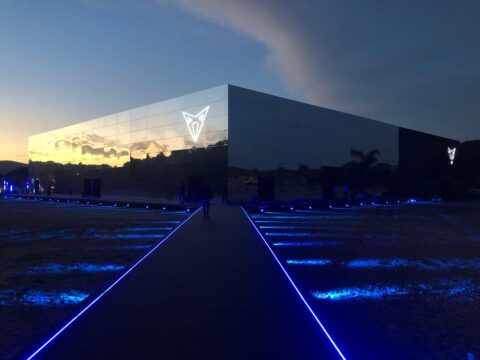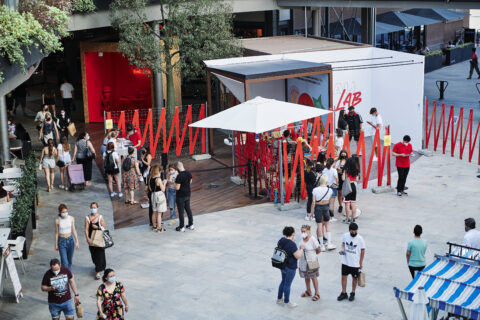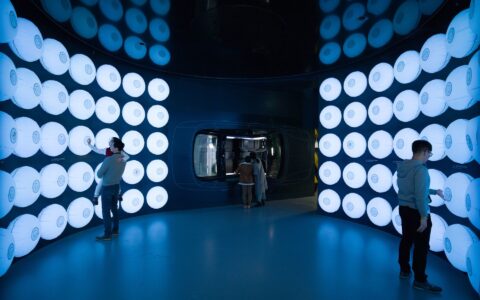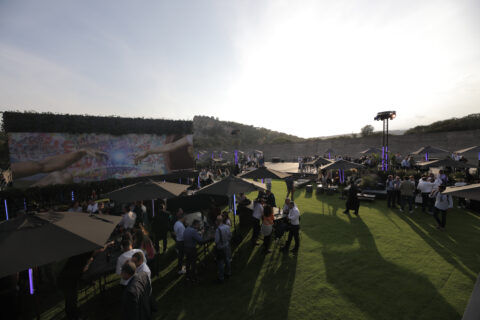Event trends: What to expect in 2025
The world of corporate events is constantly evolving, but rarely have we seen such an accelerated transformation as the one coming in 2025. Driven by technological developments, ethical social engagement and the need to create personalised and authentic experiences, events are being redesigned to captivate, excite and, above all, connect. In this article, we explore the key trends that will shape the industry in the coming year, with concrete examples that invite us to dream about the future of event management.
1_Total customisation: a tailor-made journey
Imagine attending an event where everything, from the content to the smallest details, is designed specifically for you. By 2025, this will start to become the norm. Personalisation, powered by artificial intelligence (AI), will allow organisers to map attendees’ interests and preferences before they arrive at the venue.
For example, think of a conference where the sessions that appear on your personal app are selected based on your career path. Hotel chain Marriott is already exploring this idea with its Bonvoy app, which suggests personalised local experiences for guests. Now, imagine this technology applied to events: dynamic agendas, menus tailored to consumer preferences and even real-time interactions that respond to their emotions.
Moreover, personalisation will go beyond content and include the physical environments themselves in the game. Spaces that change colour or temperature according to the energy of the audience will become a reality, thanks to technologies such as the sensory environments created by Canadian company Moment Factory, known for transforming locations through interactive lighting and adaptive music.
2_Sustainability at the core
Sustainability is increasingly moving from being a gesture to an unwavering commitment. Events in 2025 will be designed to have as little environmental impact as possible. Namely, stages built with recycled materials, zero-kilometre catering and an entirely sustainable approach, as is the case with the national caterers Ver Agua and Fondo Supper Club.
An established example of this is one of the UK’s most representative festivals, Glastonbury, which has eliminated single-use plastics and encourages attendees to bring reusable bottles.
The challenge will be not only to implement these practices, but also to communicate them effectively, demonstrating to attendees the positive impact of their actions and fostering a culture of shared responsibility.
3_Immersive technology: when the virtual and the real merge
Augmented reality (AR) and virtual reality (VR) will not only be tools for entertainment, but pillars for creating immersive experiences. In 2025, you will be able to put on AR glasses at an exhibition and walk through a completely virtual factory while interacting with products in development._
A visionary example of this trend is artist Refik Anadol’s Infinity Room, where viewers are immersed in an infinite digital environment. In the corporate sphere, brands could use similar spaces to present product launches, offering experiences that blend data and emotions.
Moreover, hybrid events will not be simple broadcasts. Virtual attendees will be able to ‘walk’ alongside the face-to-face attendees in twin digital spaces, interact with them and even enjoy networking in virtual lounges. Tools such as Spatial.io are already exploring this territory and by 2025 they will be essential for connecting global audiences.
4_ Automation as a silent ally
Artificial intelligence will be the invisible hand that will transform events, making them more and more dynamic. For example, by automating registration or through virtual assistants answering questions in real time. But it doesn’t stop there.
Facial recognition as a validation tool to allow access to venues, a common element in science fiction films, is already a practically tangible reality. Goodbye to traditional access controls, this cinematic element will soon become an everyday reality like any other. In fact, companies like Eventbrite are already using AI to optimise event management and, by 2025, this technology will be as common as WiFi.
5_ Micro-events and exclusivity: the value of intimacy
In a hyper-connected and overcrowded world, audiences are looking for experiences that are more meaningful and less crowded. Micro-events, designed for small groups, are the order of the day. From private dinners with CEOs to product launches in exclusive settings, these gatherings will offer deeper interactions and much more relevant content.
An inspiring case in point is Airbnb’s ‘Dinner with strangers’ programme, where small groups gather in unique locations to share experiences. This intimate approach will translate into the corporate environment, allowing companies to build authentic relationships with their key audiences.
6_ Stories that connect: the power of storytelling
The fact that events that follow extremely conventional formulas no longer work is well known to everyone. The value of storytelling, of the creative concepts that give structure to events, is essential to captivate attendees. A common thread that manages to link each of the elements that make up the event is vital to obtain memorable and truly transcendental brand experiences. It is not about getting out of the way, but about making each brand activation a milestone that will become part of your identity, making it recognisable to everyone.
An established example of this practice is the storytelling strategy used at TED’s educational events, where ideas are not only presented, but shared in captivating narratives. In 2025, any event that does not tell a story risks being forgotten.
7_ Multisensory experiences: more than just seeing and listening
In a world saturated with audiovisual stimuli where we have become accustomed to ephemeral entertainment content (which keeps us on constant alert for the next input), technological resources are fundamental to achieve the ‘wow’ effect that every attendee expects to experience at an event.
This is why integral sensory impact is crucial and contributes to the memorable aspect of today’s events. From textures that invite touch, ambient music that adapts to the different moments of the event or personalised aromas that go in line with the creative concept, these are trends that have been consolidated over the last few years to become fundamental pillars of what we nowadays consider to be successful events.
A relevant example is the Lumiere festival in London, where light installations invite spectators to interact with light and sound. This multi-sensory approach will be key to differentiating events in 2025.
In conclusion, next year will see corporate events flourish in fertile ground where technology, sustainability and creativity converge to deliver authentic and memorable experiences. Advances in personalisation, the integration of immersive realities and emotional connection through storytelling are just the beginning of a journey towards reinventing the industry. Beyond specific trends, what really defines the future is the ability of events to adapt to the changing expectations of an increasingly demanding and connected audience. So all efforts should be directed to inspire, excite and transform. Because events are not just encounters, but windows to worlds to be discovered.
Article written by: Tomás Galván Hernández, copywritter at Dicom_events.

